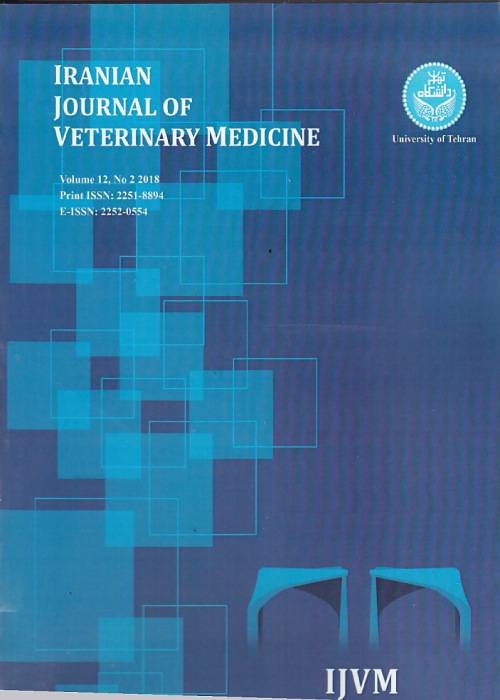Light and scanning electron microscopic study of the lingual structure in the budgerigar (Melopsittacus undulatus)
Author(s):
Abstract:
Background
The tongue, which plays a very important role in food intake by vertebrates, exhibits significant morphological variations that appear to represent adaptation to the current environmental conditions of each respective habitat.Objectives
The aim of the present investigation was to investigate lingual structure in adult budgerigar.Methods
Tongues of 12 adult budgerigars were used in the investigations. Samples of the apex, body and root of the tongue were studied using light and electron microscopy.Results
The tongue in budgerigar is about 5 mm in length. The deep concave rostral portion of the lingual apex is devoid of any glandular structure and is continuous with a semicircular caudal portion. The caudal portion of the lingual apex is divided into two symmetrical halves by a median longitudinal fissure. The rostral part of the lingual corpus is distinctly divided by fissures of varying depth into many irregular raised areas with different sizes. Several large caudally directed conical papillae are situated on the posterior end of the lingual corpus and along the thick border region between the lingual body and root. There are also some giant conical papillae on the laryngeal mound. According to their positions, the PAS-positive compound tubuloalveolar salivary glands can be classified as dorsal and dorsolateral salivary glands. The dorsal lingual salivary glands are situated beneath the dorsal lingual epithelium. They extended from the caudal end of the fissure on the caudal lingual apex to the front of the laryngeal cleft. The dorsolateral salivary glands on each side extend from the beginning of the body of the tongue to the level of the laryngeal cleft. The ventral side of the tongue is devoid of any glandular structure. Neither the morphology nor the dimensions of the tongue show sex-specific differences.Conclusions
lingual structure shows considerable differences in budgerigars in comparision to other birds studied so far. Keywords:
Language:
English
Published:
Iranian Journal of Veterinary Medicine, Volume:11 Issue: 1, Winter 2017
Pages:
97 to 104
magiran.com/p1660026
دانلود و مطالعه متن این مقاله با یکی از روشهای زیر امکان پذیر است:
اشتراک شخصی
با عضویت و پرداخت آنلاین حق اشتراک یکساله به مبلغ 1,390,000ريال میتوانید 70 عنوان مطلب دانلود کنید!
اشتراک سازمانی
به کتابخانه دانشگاه یا محل کار خود پیشنهاد کنید تا اشتراک سازمانی این پایگاه را برای دسترسی نامحدود همه کاربران به متن مطالب تهیه نمایند!
توجه!
- حق عضویت دریافتی صرف حمایت از نشریات عضو و نگهداری، تکمیل و توسعه مگیران میشود.
- پرداخت حق اشتراک و دانلود مقالات اجازه بازنشر آن در سایر رسانههای چاپی و دیجیتال را به کاربر نمیدهد.
In order to view content subscription is required
Personal subscription
Subscribe magiran.com for 70 € euros via PayPal and download 70 articles during a year.
Organization subscription
Please contact us to subscribe your university or library for unlimited access!


